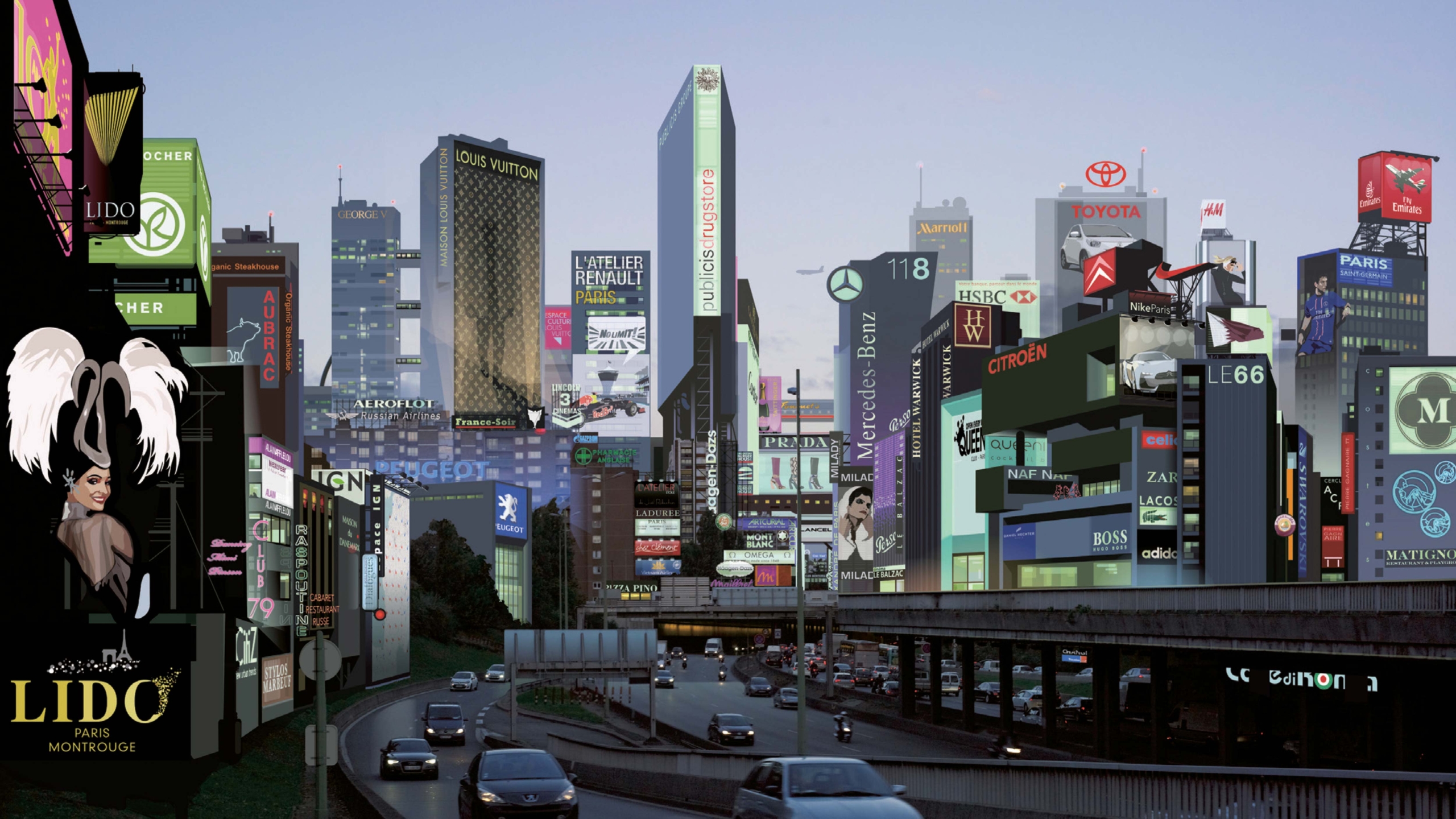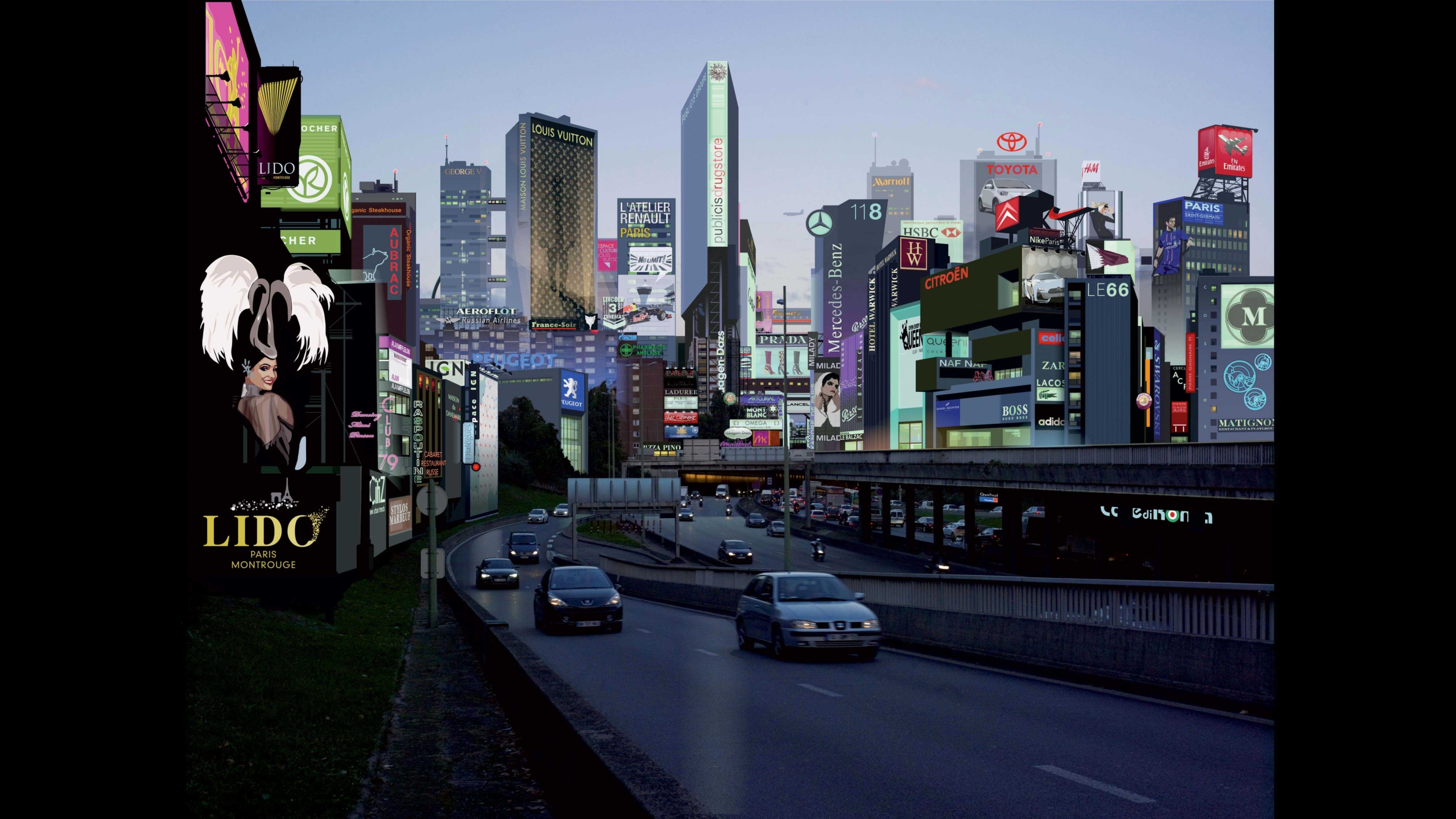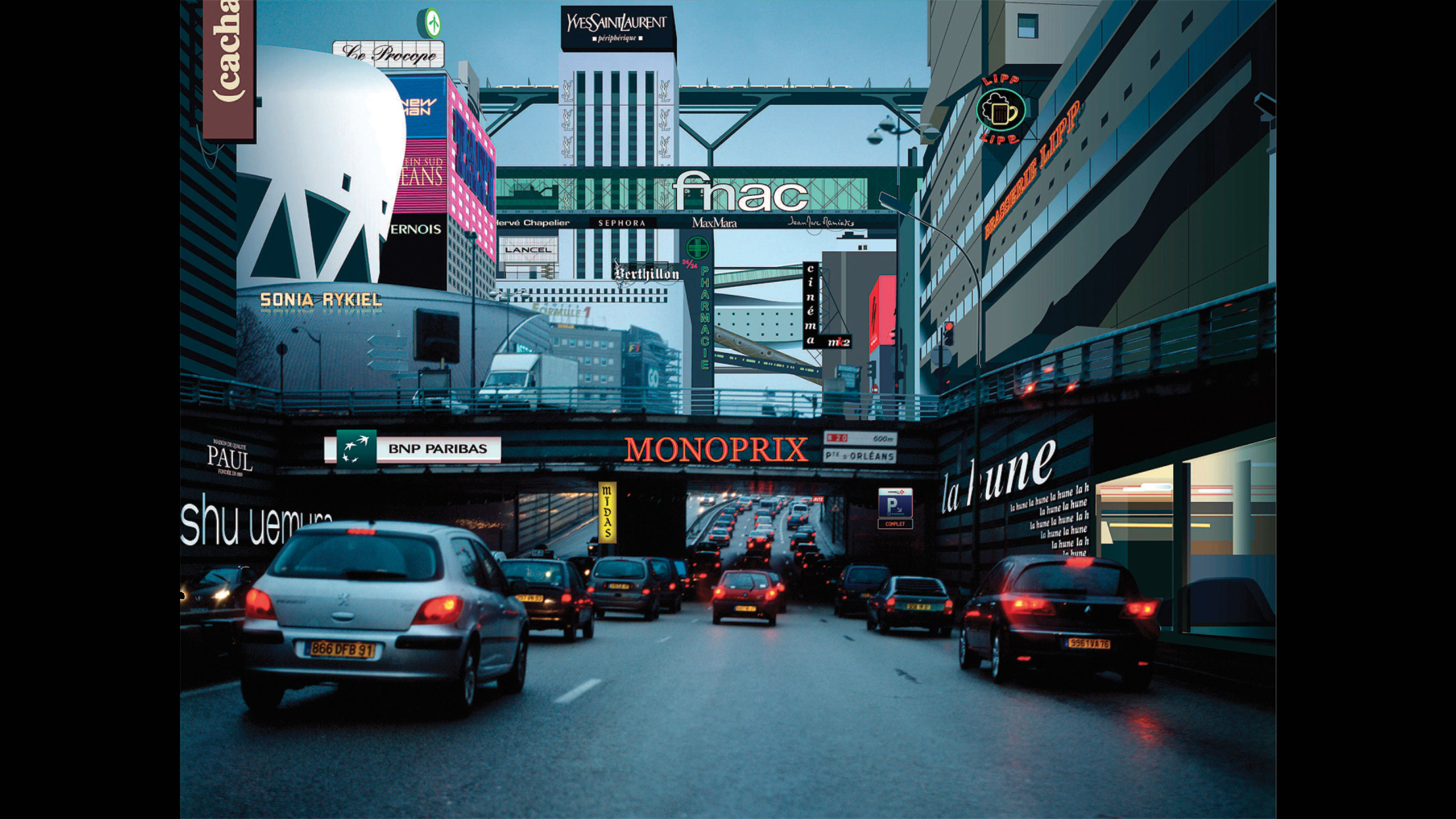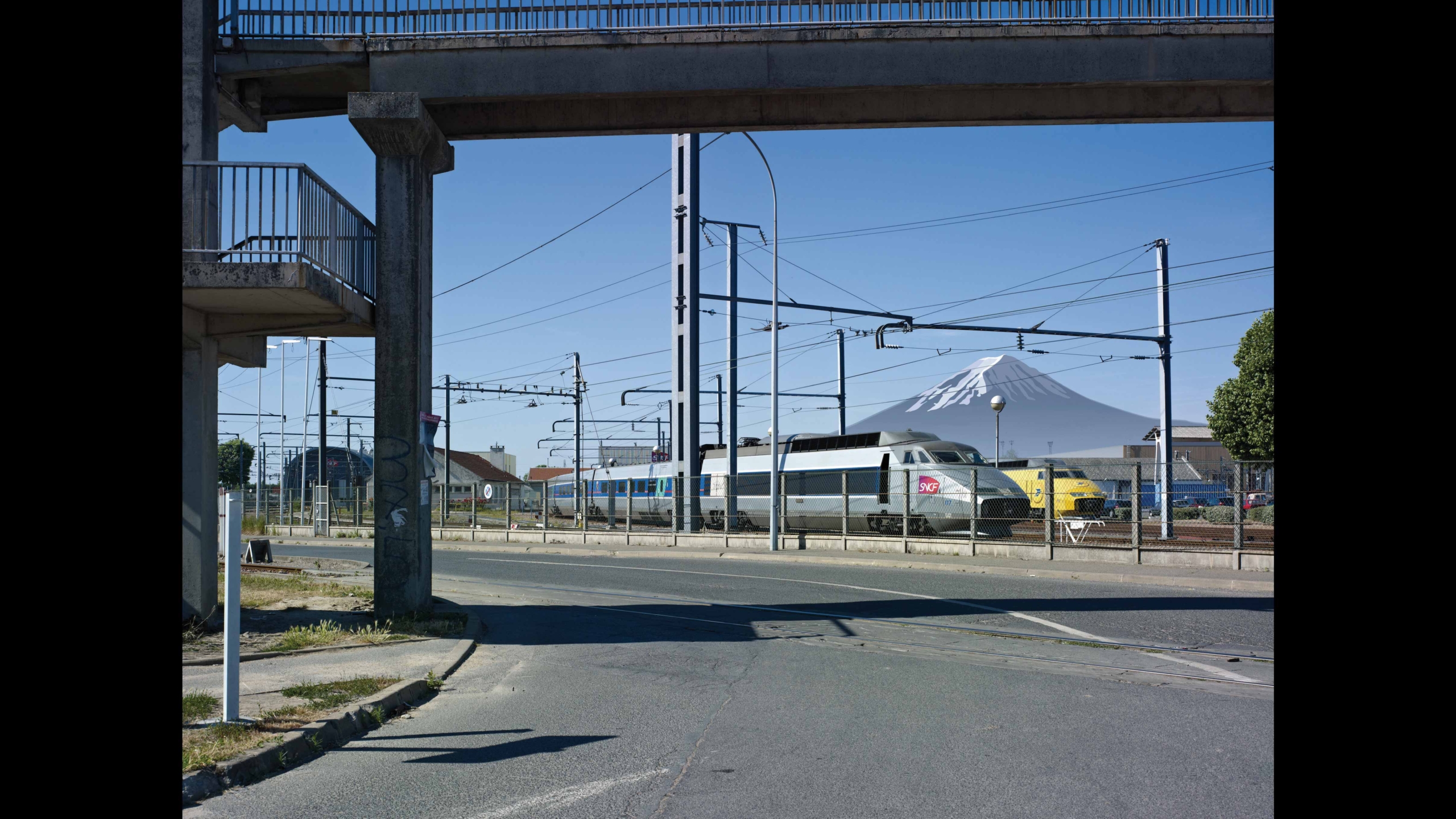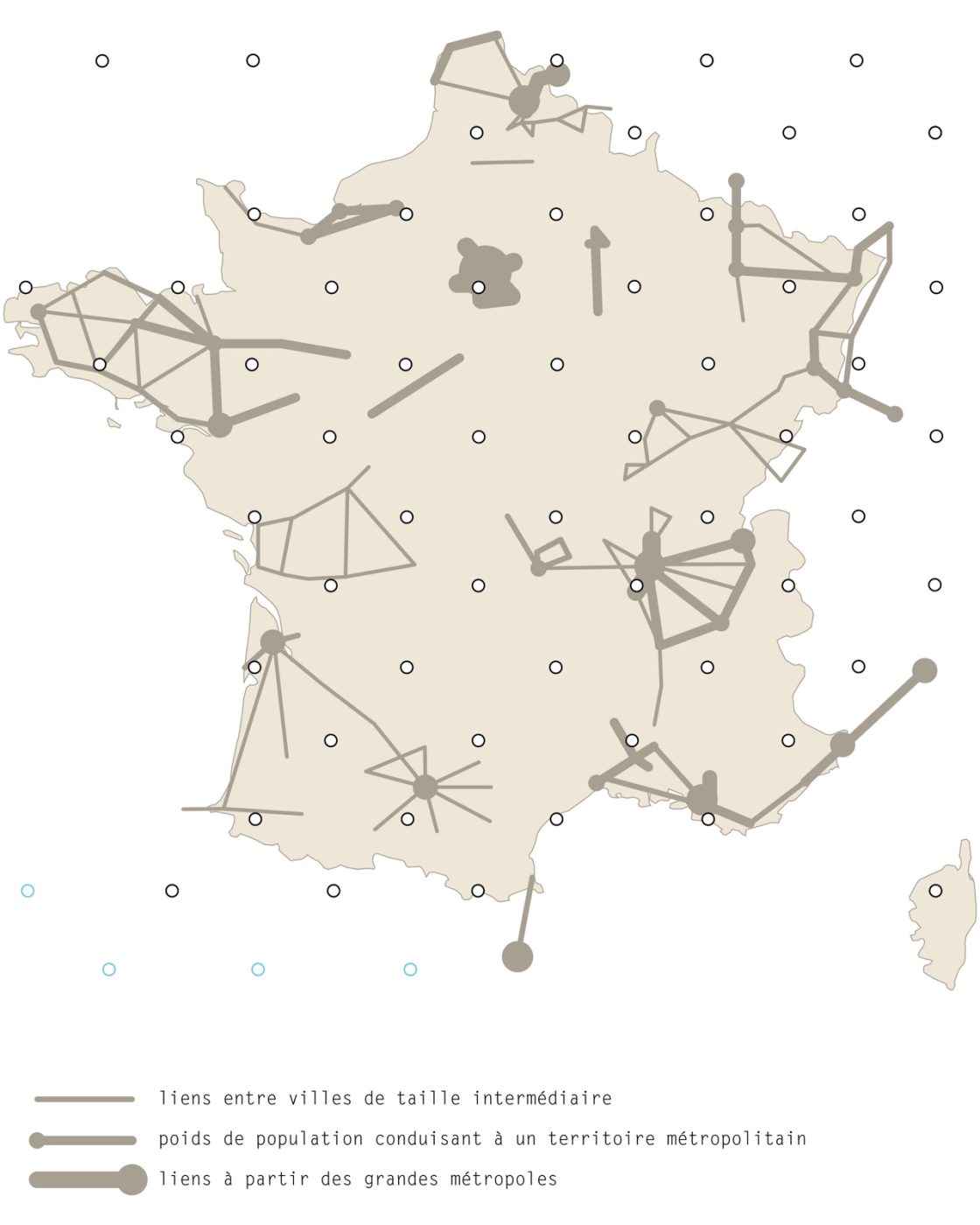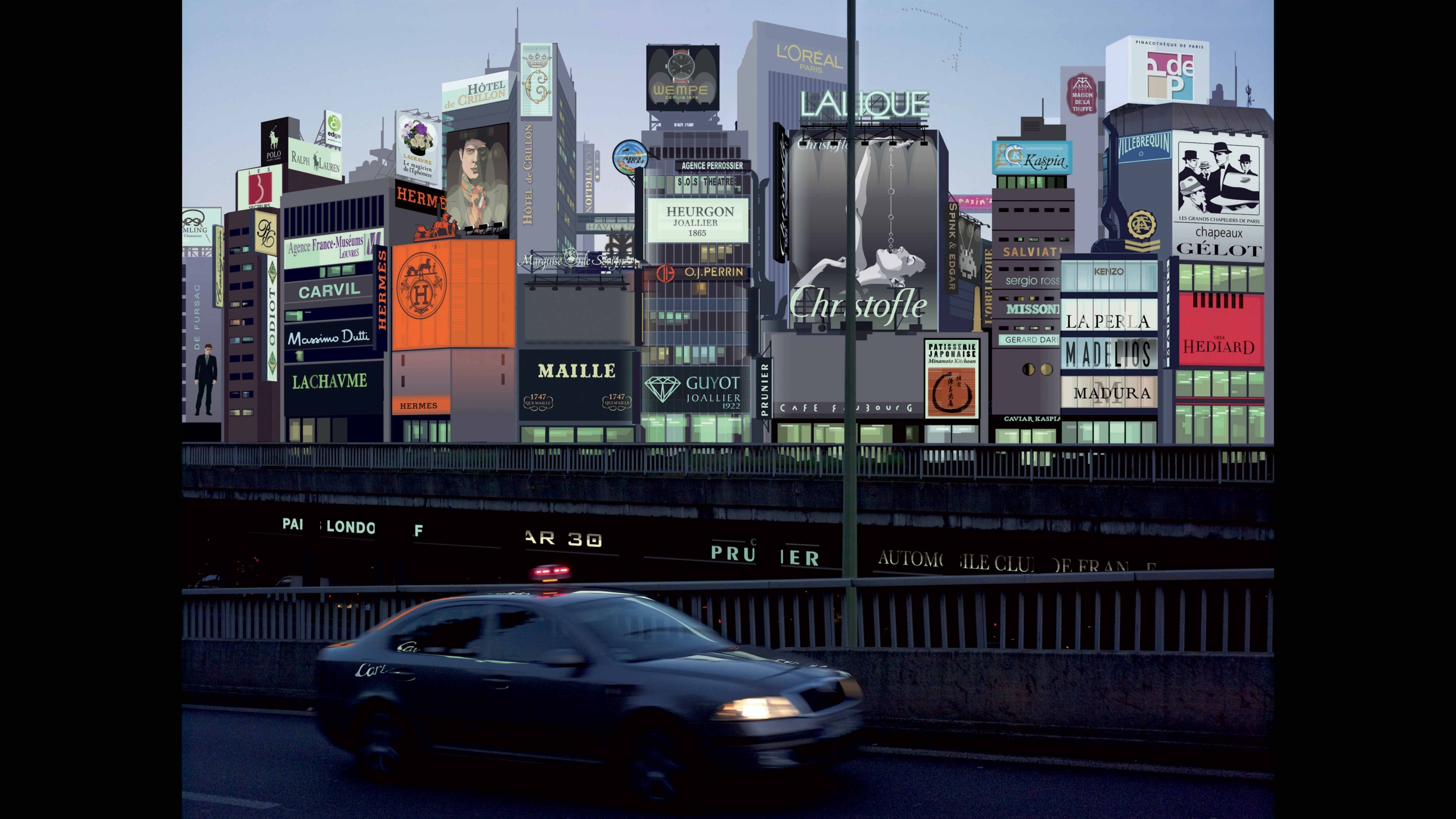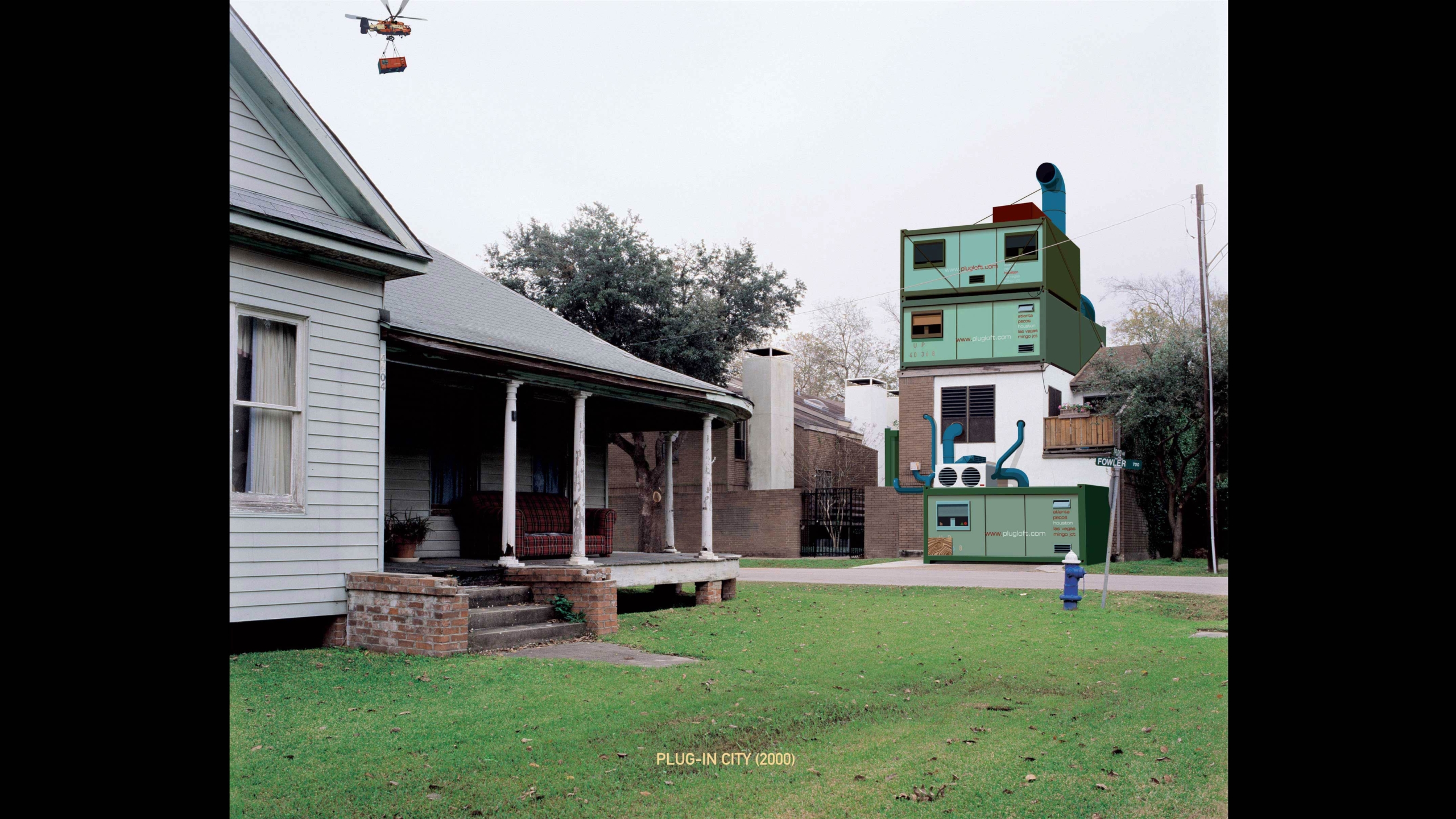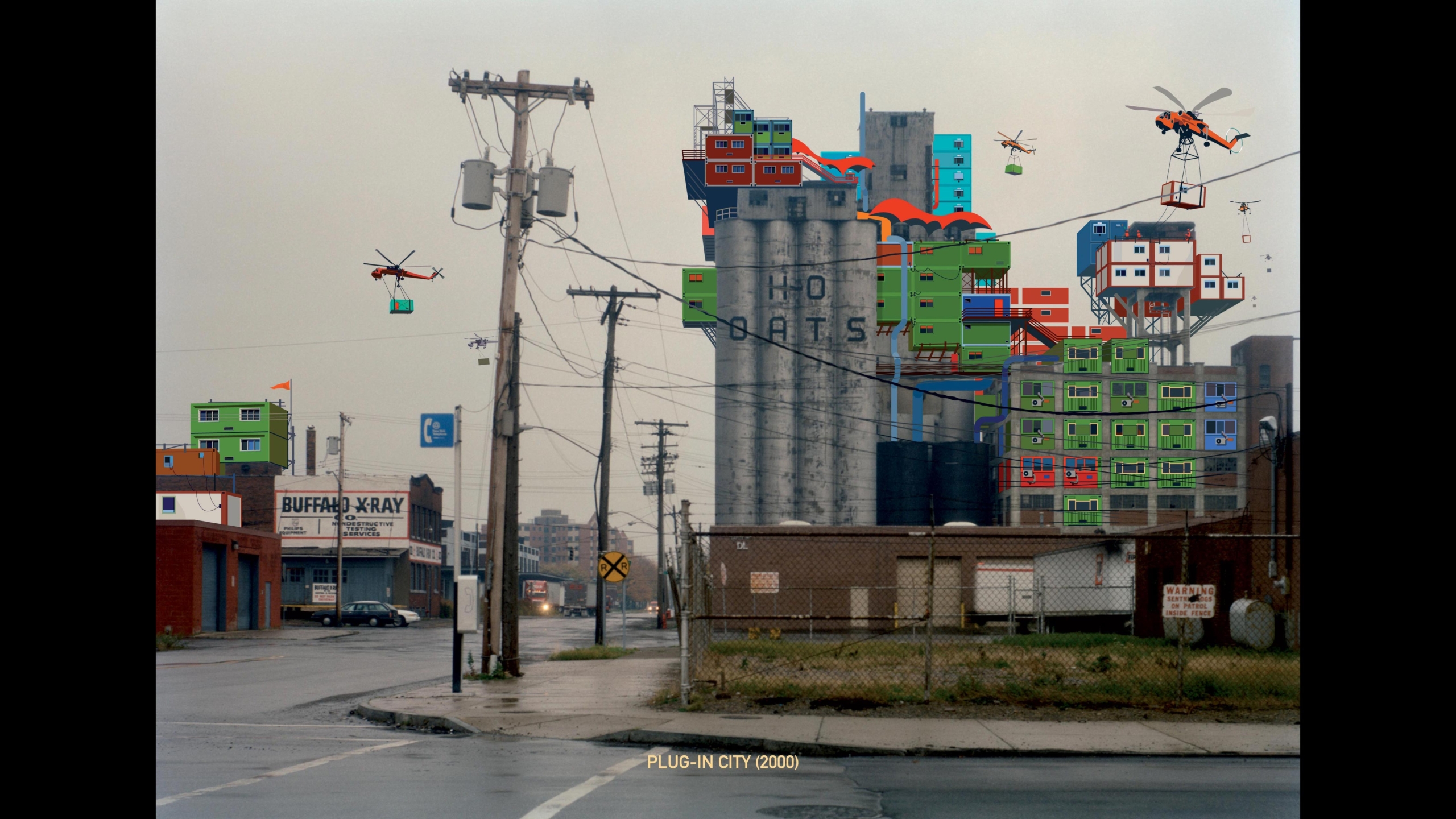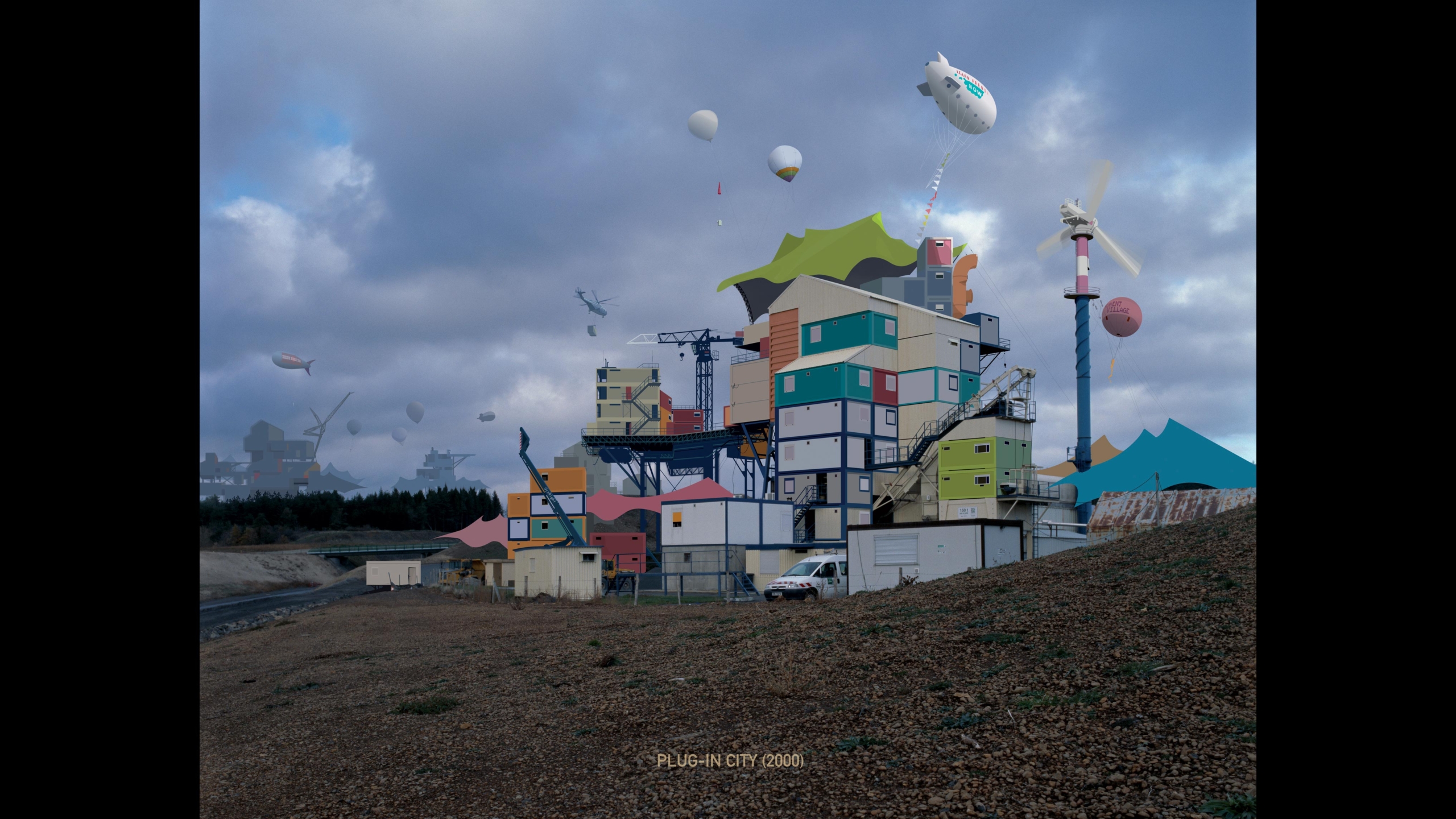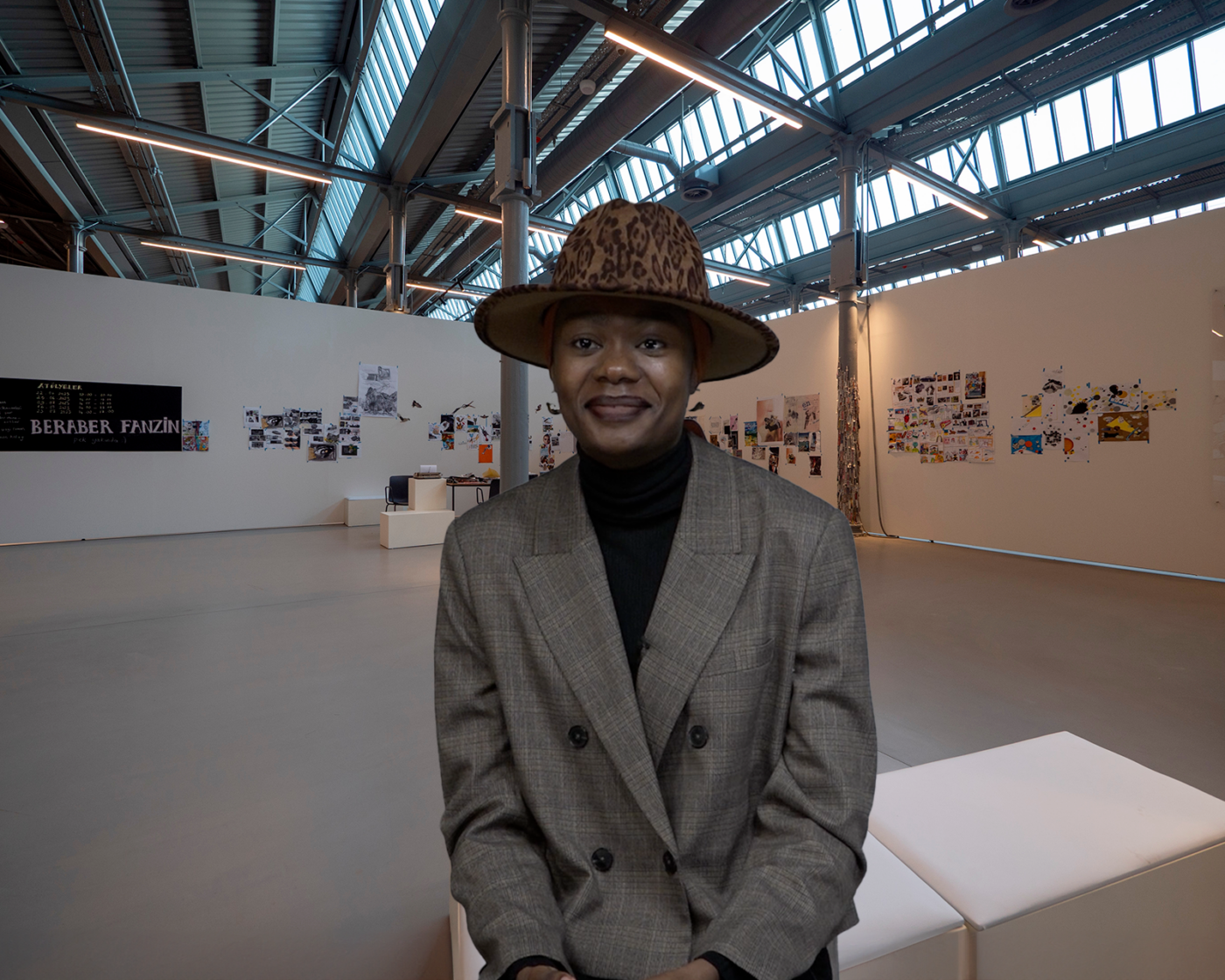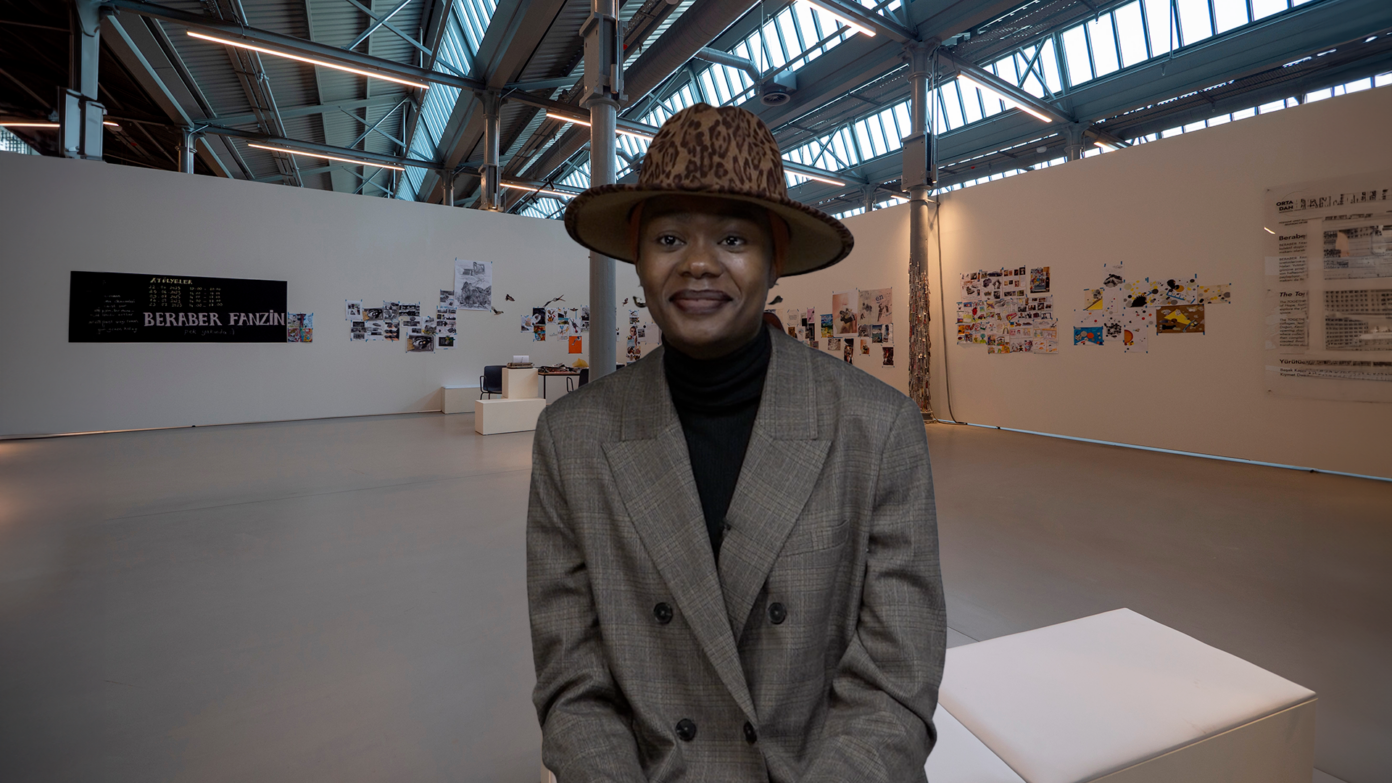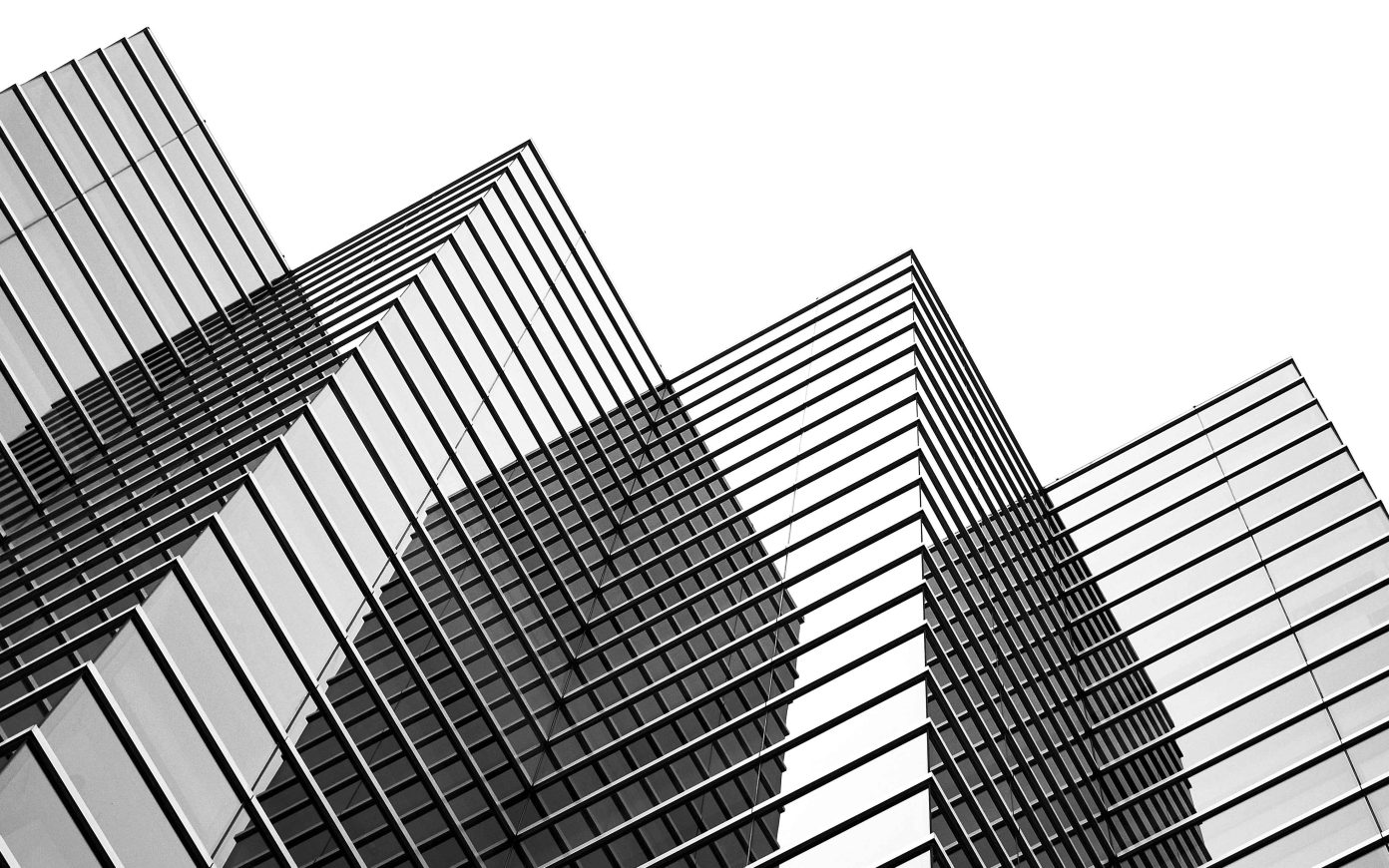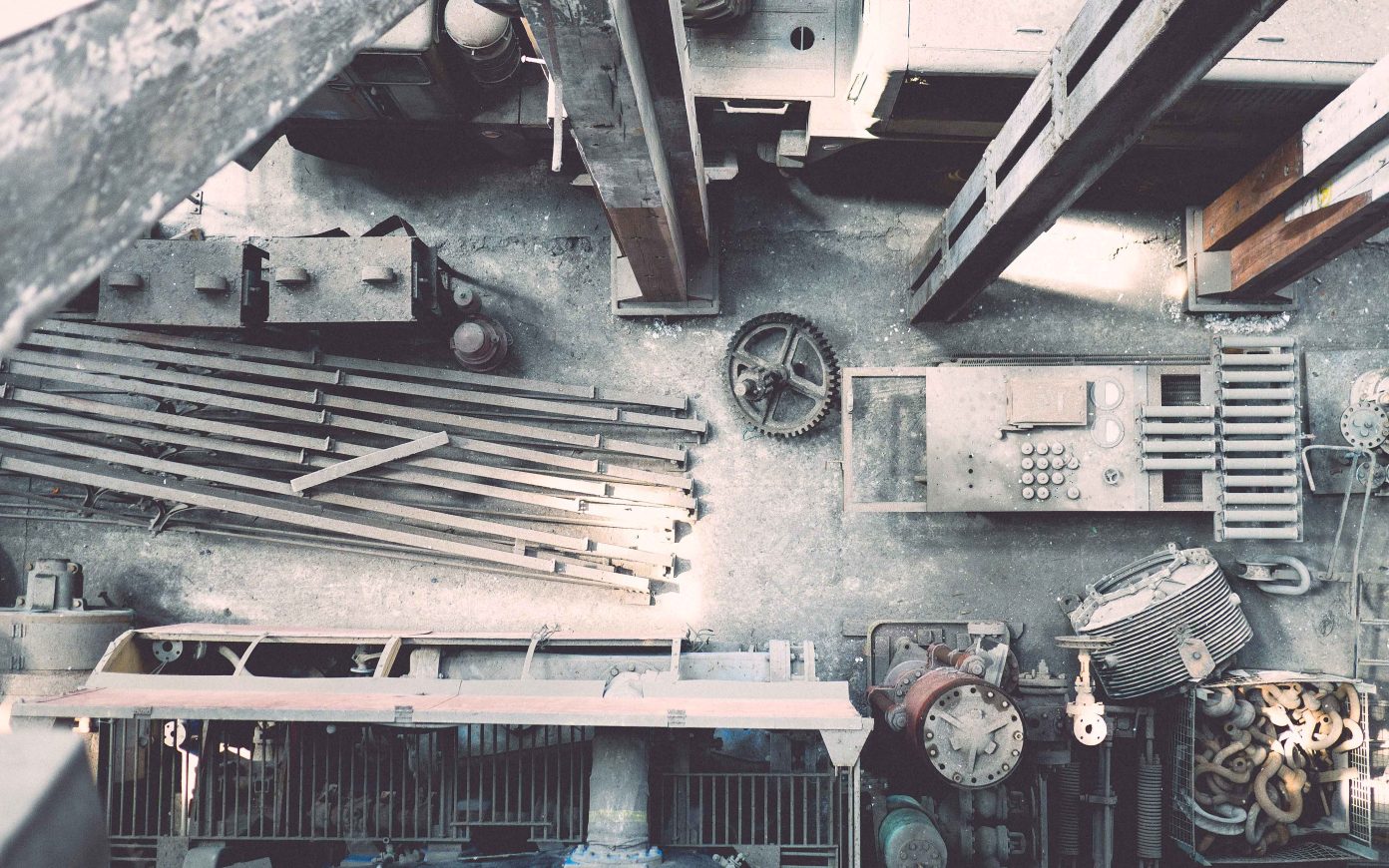With the shifts in communication and Internet-mediated commerce, the place where we live or workseems to be less and less important. It is now possible to work in a highly specialized field in a medium-sized town and to be in constant contact with other specialists in the same field, regardless of distance. It is less and less necessary to migrate to capitals and that fact could create centrality effects in the periphery, and perhaps even in isolated locations.
We could envision a deconcentration of cities in Europe, as suggested by a map of urban systems in France which represents by means of lines of different widths the relationships between provincial towns. Fairly vast conurbations emerge, each functioning like a city. For example, by living between Aix-en-Provence and Marseille, one doesn’t live in the countryside but in the city, although that city is not materialized by the continuity of the built environment. It is also the case and perhaps even stranger in the case of the Lyon region, with its distant centers in Grenoble, Saint-Étienne, and Annecy—a city materialized by movements and relationships which aren’t easily observed in the landscape. I think that the same phenomenon is better known in the Netherlands, where most of the country can be divided in only two cities—Amsterdam in the North and Rotterdam in the South.
Bastien Gallet: To the extent that we are living in a time that continuously produces disruptions and where the state of crisis is perpetual, it would be more insightful to talk about threshold effects. There would be a constant process, nearly uniform but relatively imperceptible, or too differentiated and plural to be perceived. And you would have thresholds—moments where small accumulated differences would suddenly become visible. We get the impression that a rupture has occurred, when we are simply in the presence of a difference which has become perceivable. This process could very well be what the American philosopher Fredric Jameson calls “totalization.” For him, it is linked to the modernization of the Western world, which reached some sort of end point in the 1970s/1980s. At that point, a “totality” effect emerged—in this view the world is not globalized but totalized. It is a very radical concept and much more complex than it seems. Indeed the totalization process is inseparable from a parallel process of differentiation and pluralization. The more things are totalized, more they are differentiated. We are at opposite ends of the homogenization described by Koolhaas. It is indeed completely impossible to produce a global image of this totality or even to draw a map of it. It is unmappable as such, but it is possible—even necessary—to draw local maps. Jameson calls that the “semi-autonomization” of reality: within the totality, in each totality—multinational firm, megalopolis, state administration, etc.—spaces, levels, and realities are incommensurable to each other. To represent them, it is therefore necessary to multiply the number of maps, that is, to map from proximate to proximate, a bit like if it was a Riemannian space.
I would like to go back to the opposition between flows and places, which I believe is false. I think that, far from dissolving places, flows tend to give them texture, even substance. What we call a flow is nothing more than a thing which goes from one place to another, linking, connecting the places. They are even more clearly apparent when they are more interlinked, as we see in maps of air traffic where the most visible points are those from which the most lines emerge. While flows and places are not in opposition, but there is something that comes into opposition with both flows and places: the use we make of them, their daily practice. In The Practice of Everyday Life, Michel de Certeau introduced a distinction between place and space. Place represents the stable and steady order of what coexists, having each thing and person in its proper place and in a defined relationship with the others. Space on the contrary has to do with vectors, velocities, and speeds, motion shifts, accelerations and decelerations—the effect of the way we interact with places and flows in a “differential” way in the mathematical sense. Of course, this includes much of what artists do and have done in the urban space. We spatialize cities. We produce spaces. Not everyone nor all the time—but simply strolling dissolves some of the order in the places—this is what the situationists called the derive, which for them was a political act. Guy Debord never ceased to oppose himself to those who thought the dérive was an artistic performance—it meant changing society.
